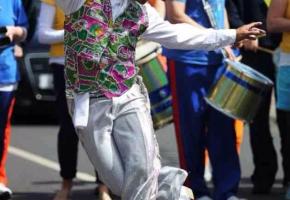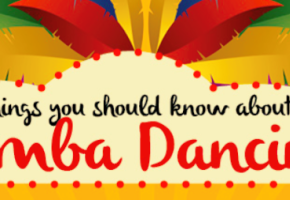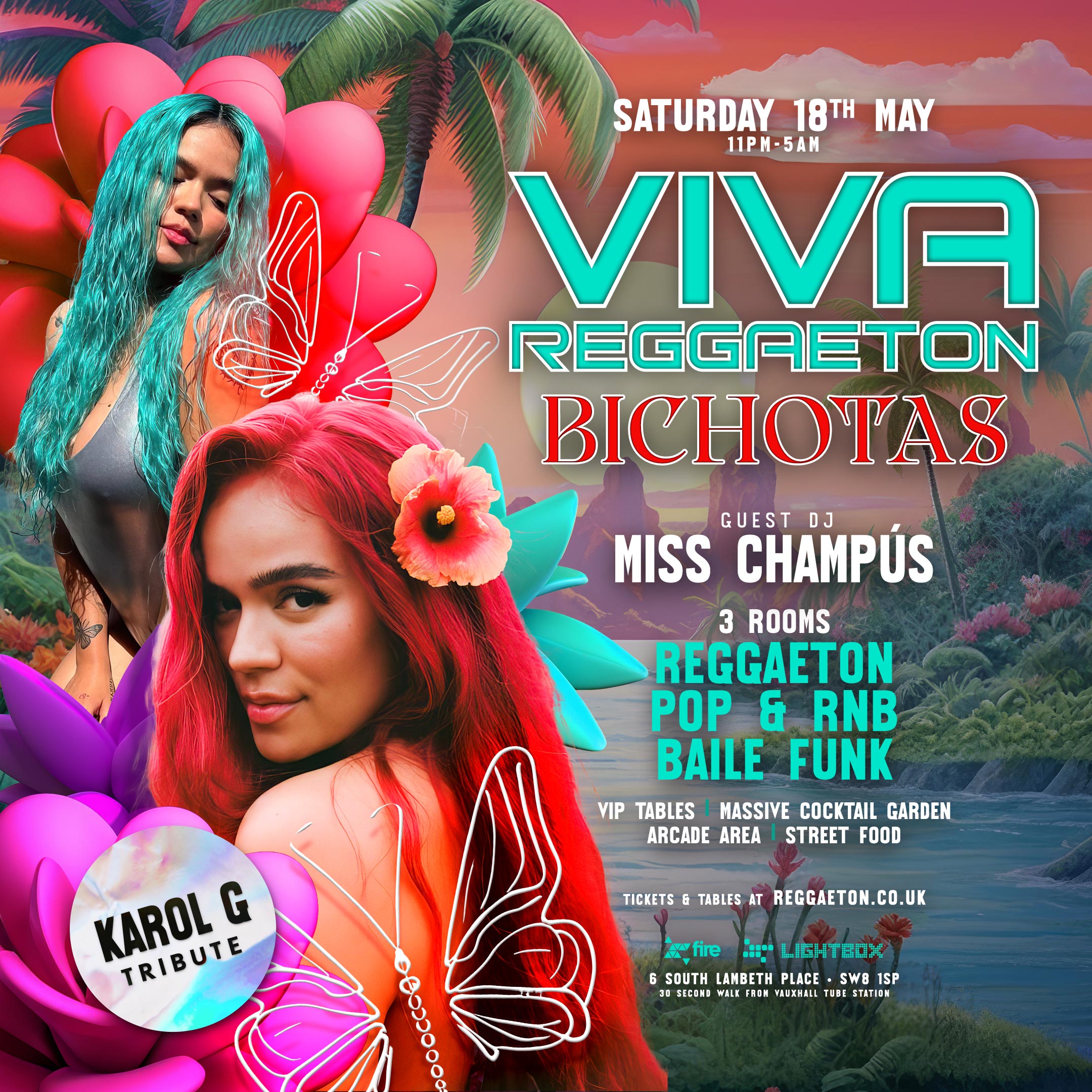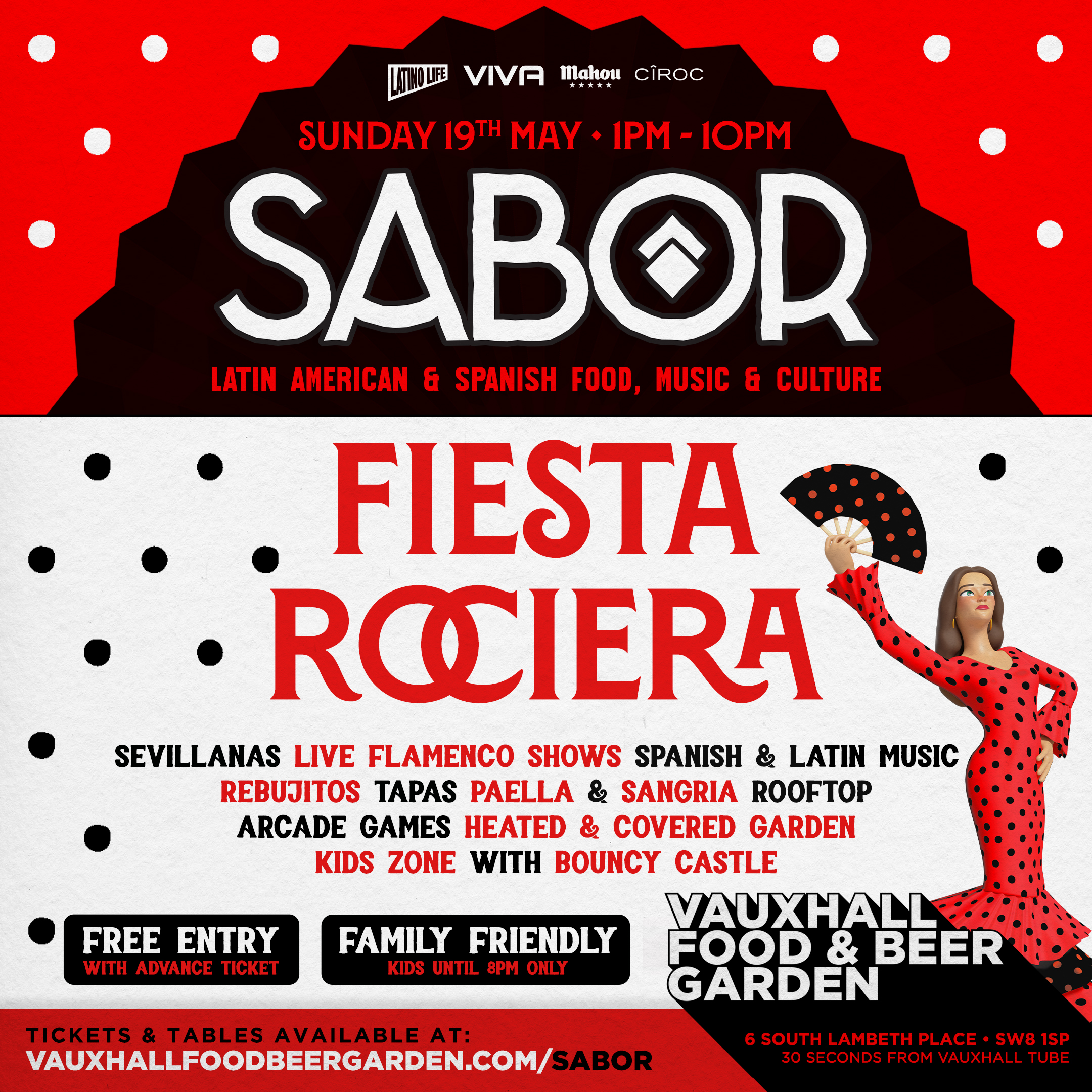Suddenly the music stopped. From the echo left by samba beats a strange, vibrating twang began to play. A group of men dressed in white came bouncing out of a side door, formed a circle in the middle of the dance floor, and slowly people began gathering around with curiosity. Then two by two they released themselves into the ring, pouring out energy with acrobatic flows of movements and flying kicks, each one barely missing the other.
This sight – one I experienced four years ago - leaves your sense so stimulated, it is no wonder that Capoeira groups have sprung up all over Britain, in this short time. Now we see Capoeira on BBC1 interludes and Nokia adverts on the high street. It’s the latest trendy past time, and the first things you will be likely to hear are the following: it looks amazing, it’s a fight, its a dance, its like break-dancing, samba and kickboxing rolled into one.
But let's move away from the aesthetics for a minute. In fact why don’t we just forget what we know about sports and dancing, and look at a form, which has its own agenda, mentality, unique history and has been constantly transforming and redefining itself since it began. Capoeira is all about trickery and deception. It teases and challenges those who blindly follow the rules. More that anything, it has been carried down generations thanks to the pure love of its Mestres (Capoeira Masters) who often dies in poverty. It has survived, against the odds, for all these reasons.
So what are its roots? What we know is that Capoeira was born in the slave quarters of Africans brought to Brazil by the Portuguese in the 1500's to work the sugar plantations. All forms of African traditions were banned by slave masters, even talking, so this ritual that fused fighting and dance, developed in secret. What was initially a cultural expression of manhood later developed a practical nature, a way of practicing fighting techniques, which were eventually used to combat slave owners, and led many slaves to liberation. Through Capoeira, a forbidden culture was passed down; many of the Capoeira songs today are the same forbidden melodies and chants, and the instruments- the Berimbau for example- are still made from sticks, stones, bits of wire.. Through Capoeira, tactics for fighting oppression were developed; movements-like the aú (cartwheel)- are in essence ways of distracting the opponent in order to escape him, or to take him down. The associated dance- Maculelé -performed with sticks that were originally machetes from the fields.
" Capoeira, magic of the slave in search for his freedom, its beginning is without method, its end inconceivable to even the wisest of masters," said Mestre Pastinha (1889-1981), one of Capoeira's most celebrated figures,
But how did this clandestine ritual develop into an established sport?
The abolition of slavery came late to Brazil, in 1888, compared to most other countries including the UK (1807) and the USA (1808). At this time the slaves moved to the cities and, with no employment to be found, many joined or formed criminal gangs. They continued to practice Capoeira, and it became associated with anti-government or criminal activities. As a result, Capoeira was outlawed in Brazil in 1892. The punishment for practicing Capoeira was extreme (the tendon on the back of the foot would be cut) and the police were vicious in their attempt to stamp out the art. To avoid being persecuted, Capoeiristas gave themselves an apelido (nickname), often more than one. This made it much harder for the police to discover their true identities.
This tradition continues to this day: when a person is initiated into Capoeira at the batizado (baptism) ceremony, they may be given their apelido. In Regional Capoeira, each person is also given a corda (cord belt) with a colour to indicate their level of skill. Capoeira was legalised and officially recognised as a national sport in Brazil in 1937.
In the in 1970s, Capoeira started to influence popular culture outside of Brazil. Many credit Mestre Jelon Vieira with bringing Capoeira to New York during the birth and boom of the hip-hop movement; many of the moves of break dancing are analogous to those of Capoeira. The Capoeira fighting style has been incorporated into video games (the Tekken series, Street Fighter 3) and movies (The Matrix, Meet the Fockers, Ocean’s Twelve) and the berimbau has been featured in music from such as artists as Sepultura and Ben Harper and also a theme song for Mazda’s advertisements. Today, Capoeira has become a global phenomenon, with schools and local groups in almost every major city in the world, and is inclusive of race, culture and gender.
What began as a journey to freedom for the African slaves, today continues on its voyage of liberation. From Brazil through Japan, Europe, the USA, all around the world, Capoeira continues to educate us about what it is to appreciate our own strength and to have love for life. If you join a group in your local area, you are immediately connected to a global family, who will welcome you into their homes all over the world. This global network is yet another testament to the fact that Capoeira is not just a temporary thing, but is here to stay.
The fact is that Capoeira is a force with its own life and when you let this take hold of you, it is a very powerful thing. When you crouch by the Berimbau, waiting for your turn to begin, your daily worries no longer exist and you enter into the here and now of the music, the game, the spirit. With this trance-like focus you are no longer the one in control, you are not telling your body where to go, you are not thinking about your interaction, your body follows the sounds and the commands of the game, and it remembers what you didn’t realise you knew.
Though now considered a martial art, in its dialogue of defence and attack, and being lobbied by the Brazilian Government to be accredited as an Olympic sport, yet unlike our martial arts, defence is centred around dodging rather than blocking, hence the dance like effect. Ultimately Capoeira is something which will both require a lot more from you, and do a lot more for you than just physical training. It is both freedom and control, cunning and comradery, above all Capoeira is love for and celebration of life.
Capoeira classes are available from the London School of Capoeira in Finsbury Park, London.www.londonschoolofcapoeira.co.uk For information on Capoeira schools worldwide www.capoeirista.com/schools To play an online Capoeira game, go to www.shockwave.com/contentPlay/shockwave.jsp?id=capfighter3

















